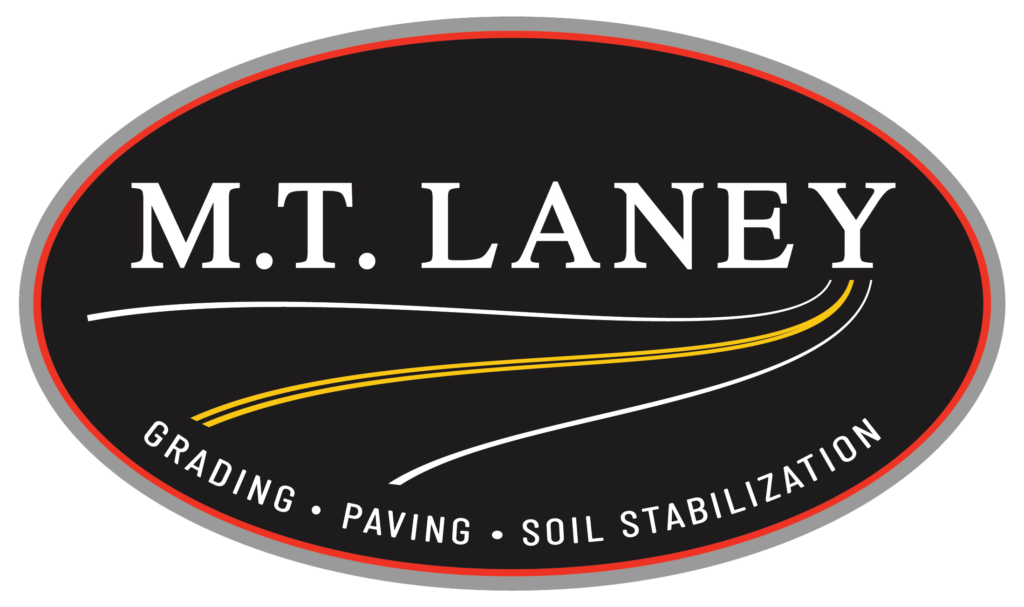Summer is prime time for paving. With warmer temperatures and longer daylight hours, it’s the ideal season for tackling everything from roadway resurfacing to commercial lot installations. But a successful summer paving project doesn’t start with asphalt—it starts with careful planning and preparation.
At MT Laney, we’ve helped municipalities, developers, and business owners across Maryland complete high-quality paving projects that are on time, on budget, and built to last. If you’re planning a paving project this summer, here’s what you need to know to get started the right way.

1. Plan Ahead and Book Early
Paving season is busy—and the best contractors book up fast. The earlier you start the planning process, the more flexibility you’ll have with scheduling, material availability, and project scope.
Reach out to your paving contractor as early in the year as possible to:
- Discuss project goals and expectations
- Review site conditions and any existing issues
- Develop a realistic timeline based on weather, permitting, and workload
Booking early helps avoid the mid-summer rush and ensures your project stays on track from day one.
2. Evaluate the Site
Before any work can begin, it’s essential to assess the condition of the current surface and the surrounding area. Are you dealing with aging asphalt, drainage issues, or sub-base failures? Addressing these concerns upfront can prevent delays and costly surprises later.
A thorough site inspection should look at:
- Cracks, potholes, or surface deterioration
- Drainage and grading conditions
- Sub-base integrity
- Access for crews and equipment
At MT Laney, we help clients evaluate their sites to ensure every layer—starting from the ground up—is ready for a successful installation.
3. Confirm Permits and Requirements
Depending on the location and scope of your project, you may need permits, inspections, or special considerations for traffic control. Make sure you understand and comply with all local regulations before work begins.
We recommend working with a contractor who is experienced in managing permits and municipal approvals to keep the process smooth and fully compliant.
4. Schedule Around Your Operations
If your paving project is at a business, residential community, or public site, it’s important to minimize disruptions to daily operations. Communicate with all stakeholders early and often so they can plan around any temporary closures, restricted access, or construction noise. Some clients choose to schedule work in phases, during weekends, or outside of peak business hours to reduce the impact on tenants, customers, or the public.
5. Prepare the Area for Construction
As the start date approaches, the site should be cleared and ready for work. This may involve:
- Relocating vehicles or equipment
- Notifying affected parties of schedule changes
- Removing debris, signage, or barriers
- Marking underground utilities
Your contractor will typically handle most of the logistics, but your team’s cooperation and coordination can go a long way toward a smoother process.
6. Monitor Weather Conditions
Summer offers better conditions for paving than other seasons, but heat, humidity, and storms can still affect the schedule. Paving in extreme temperatures can impact asphalt workability, compaction, and curing.
A reputable contractor like MT Laney will monitor forecasts and adjust the timeline if needed to ensure optimal paving conditions and material performance.
Trust MT Laney for Your Summer Paving Needs
At MT Laney, we bring decades of experience, modern equipment, and a skilled team to every paving project we take on. From initial planning to final striping, we handle the entire process with precision and professionalism.
Whether you’re paving a roadway, parking lot, or private development, our team is here to help you plan smarter, build better, and finish strong. Contact us today to schedule your project consultation and get ahead of the busy season.

 (410) 795-1761
(410) 795-1761
